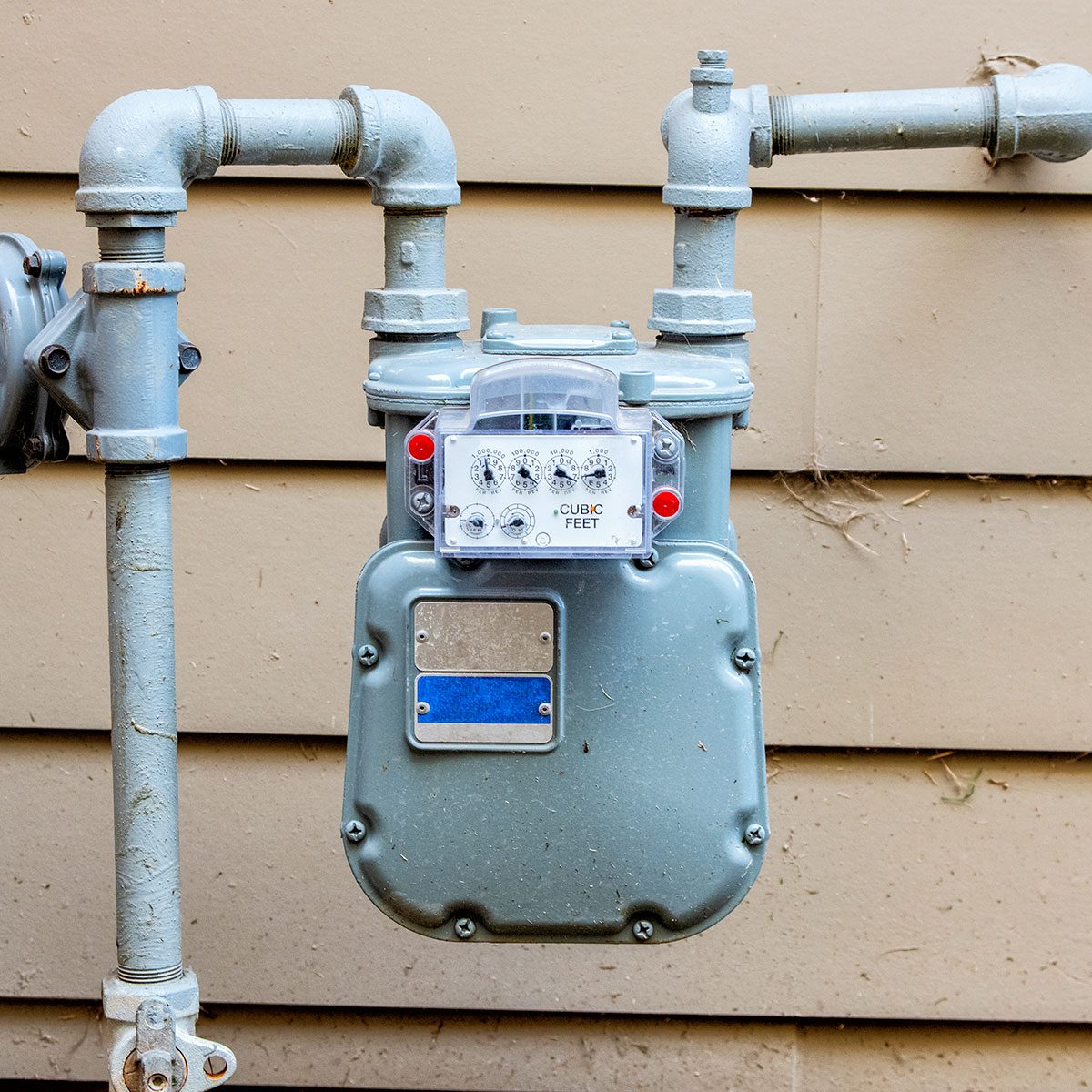If you notice your gas bill has gone up, then an uptick in gas delivery fees might be to blame.

The Hidden Cost of Gas: Delivery Fees Explained

In the winter months of 2025, news of an increase in gas delivery fees made headlines in Massachusetts as prices surged for many customers — some even by $200 (more than the actual bill for the gas itself). This came at a time when the temperature in the area was below freezing, and people were turning on their heat for some comfort.
Prior to these headlines, maybe gas delivery fees weren’t on your mind, but now they are, and you’re curious about what they are and how they work.
Ahead, we spoke with an energy expert about gas delivery fees, what you should pay now, and what you can do to lower your bill should you be affected.
On This Page
What Are Gas Delivery Fees?
Gas delivery fees are the cost of transporting gas to the customer from the production site. According to National Grid, gas delivery fees include the cost of reading and maintaining the meters, billing, equipment, and maintenance.
“These are fees approved by the regulatory body that oversees the industry,” says Bruce Bullock, executive director of the Maguire Energy Institute at the Cox School of Business. “Gas delivery fees are based on the cost of service plus some allowed return for shareholders.”
Understanding Your Bill: Supply vs. Delivery – What’s the Difference?
A gas bill is generally made up of two components: supply and delivery. Supply refers to the cost of natural gas. The supply cost will vary based on both market conditions and where you live. In terms of gas supply, you have the power to shop around between different vendors and companies to find one that best suits your needs and budget.
As mentioned above, delivery fees generally include the cost of maintaining and reading the meters and operating the pipelines.
Aside from supply and delivery fees, you may also notice a base fee on your bill, which is a fixed fee implemented by a gas company in addition to sales and local taxes.
What Makes Delivery Fees So Expensive?
According to Bullock, delivery fees are expensive and on the rise due to aging infrastructure. “This is also the case for gas delivery, electric delivery and water/sewer,” he says.
Other factors that may make your gas delivery fee so expensive include the distance between the source and your home, seasonal demands, regional regulations and contract terms.
Are There Any Ways to Lower Delivery Fees?
There are two options for lowering delivery fees. First, you can research different companies to see what their rates are. This can help give you a better idea of the standard, and then you can use that information to make an informed decision.
Second, you can try to scale back on your gas use to lower the delivery fees. You can also try to invest in energy-efficient appliances and better insulation for your home so you’re less prone to keeping the thermostat on if your space is comfortable as is.
The Future of Gas Delivery Fees
In terms of the future of delivery fees, Bullock doesn’t see a slowdown anytime soon. “I would anticipate increasing fees as long as infrastructure is being replaced and inflation stays hot,” says Bullock. “However, in areas of the country with newer infrastructure, the increases won’t be as significant.”
About the Experts
-
Bruce Bullock, is the executive director of the Maguire Energy Institute at the Cox School of Business; email interview, March 10, 2025.
Sources
-
WCVB: Massachusetts residents fuming over skyrocketing gas bills (2025)
-
National Grid: Service Rates
-
The Energy Professor: Why is My Gas Delivery Charge So High?

















